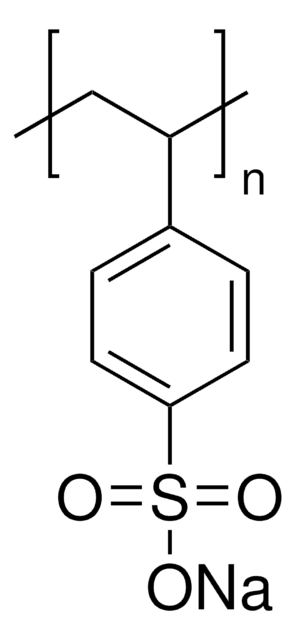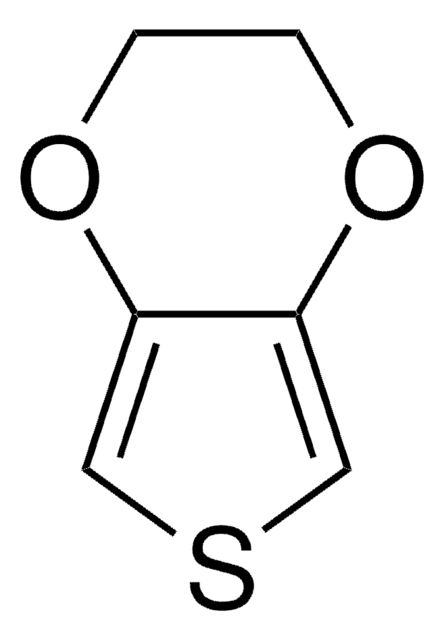435465
Poly(ethylene glycol)-block-poly(propylene glycol)-block-poly(ethylene glycol)
average Mn ~5,800
Synonym(s):
Pluronic® P-123, PEG-PPG-PEG
About This Item
Recommended Products
vapor density
>1 (vs air)
vapor pressure
<0.3 mmHg ( 20 °C)
form
solid
feed ratio
20:70:20 (EO:PO:EO)
mol wt
average Mn ~5,800
composition
PEG, 30 wt. %
refractive index
n20/D 1.465
surface tension
34 dyn/cm, 25 °C, 0.1 wt. % in H2O
viscosity
350 cP(60 °C, Brookfield)(lit.)
transition temp
Tm (DSC) 39 °C (at peak)
cloud point 90 °C (1 wt. % aqueous solution)
density
1.018 g/mL at 25 °C
HLB
7 - 9
InChI
1S/C3H6O.C2H4O/c1-3-2-4-3;1-2-3-1/h3H,2H2,1H3;1-2H2
InChI key
RVGRUAULSDPKGF-UHFFFAOYSA-N
Looking for similar products? Visit Product Comparison Guide
General description
Application
Features and Benefits
Physical form
Legal Information
Storage Class Code
11 - Combustible Solids
WGK
WGK 1
Personal Protective Equipment
Choose from one of the most recent versions:
Already Own This Product?
Find documentation for the products that you have recently purchased in the Document Library.
Customers Also Viewed
Articles
Scientists at Sigma-Aldrich® routinely determine number-average molecular weight (Mn) by 1H NMR end-group analysis for polymers having Mn values under 3,000.
Mesoporous materials are formed by a self-assembly process from combined solutions of sol-gel precursors (e.g., metal alkoxides) and structure-directing amphiphiles, usually block-copolymers or surfactants.
In this paper, we discuss recent advances in the preparation of various TiO2 porous structures via hard and soft-templating routes. Specifically, we focus on recent developments in TiO2 mesoporous thin films in a combined sol-gel and evaporation-induced self-assembly (EISA) process.
Our team of scientists has experience in all areas of research including Life Science, Material Science, Chemical Synthesis, Chromatography, Analytical and many others.
Contact Technical Service








